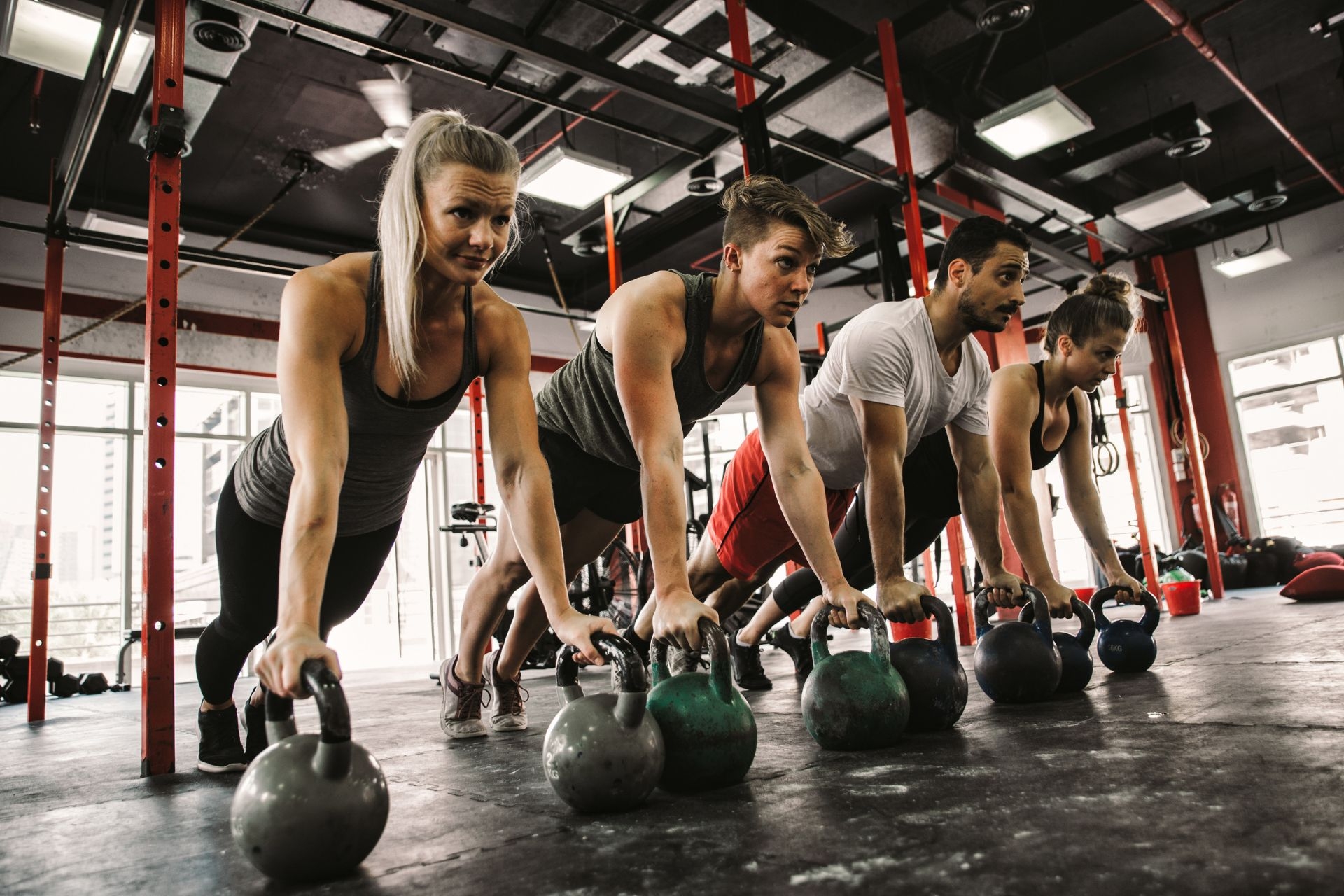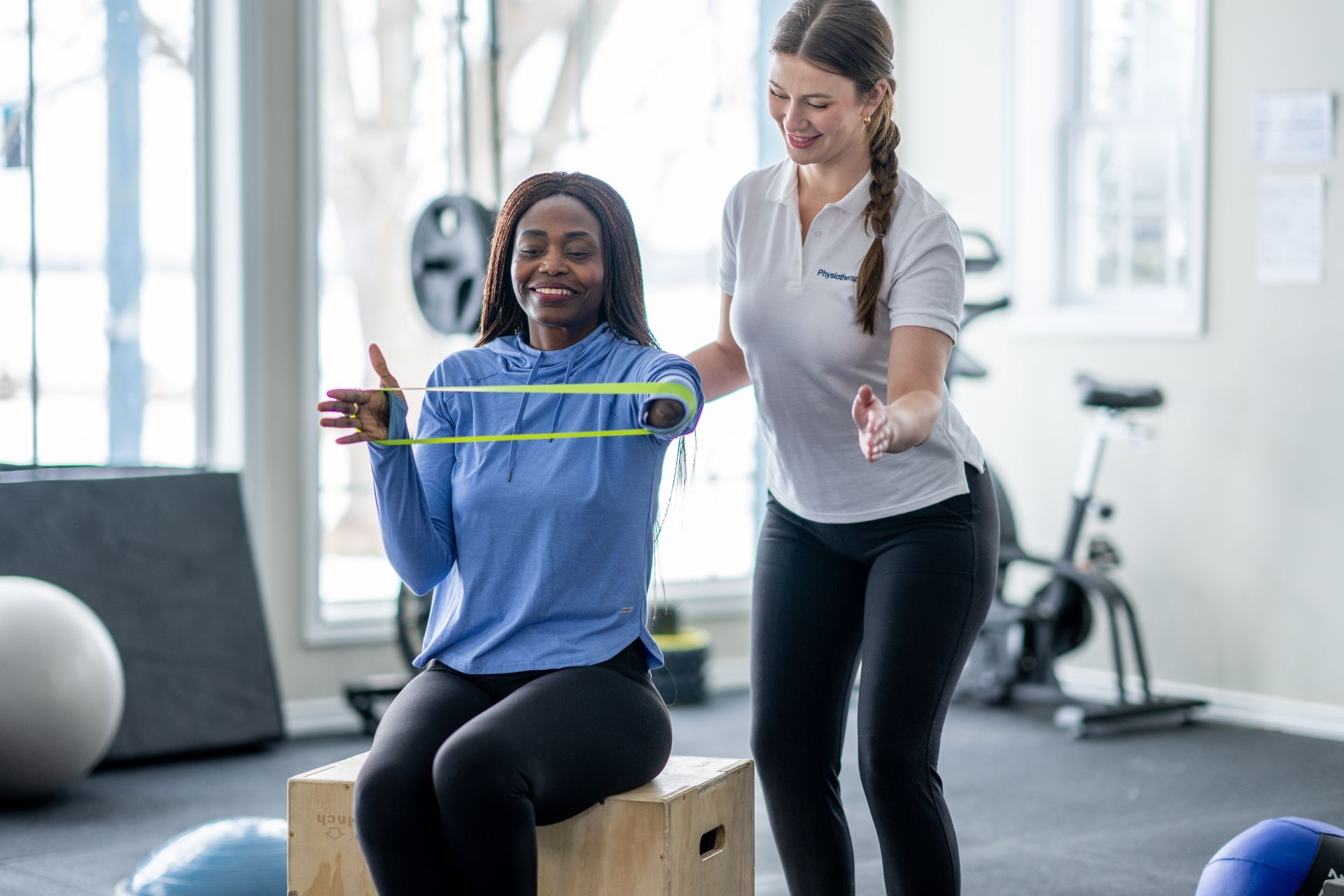

Neuromuscular reeducation is a therapeutic technique that focuses on retraining the communication between the nervous system and the muscles. It aims to improve muscle function, coordination, and movement patterns. This technique works by using specific exercises and movements to stimulate the nerves and muscles, helping them to work together more efficiently. By repeating these exercises and movements, the brain and muscles can establish new neural pathways, leading to improved muscle control and coordination.
Neuromuscular reeducation can provide several benefits for individuals with neurological conditions. Firstly, it can help improve muscle strength and flexibility, which is often compromised in these conditions. By targeting specific muscle groups and engaging them in controlled movements, individuals can regain strength and range of motion. Secondly, it can enhance coordination and balance, which are often affected by neurological conditions. Through targeted exercises and balance training, individuals can improve their ability to control their movements and maintain stability. Lastly, neuromuscular reeducation can help reduce pain and discomfort by addressing muscle imbalances and improving overall muscle function.
Yes, neuromuscular reeducation can help improve balance and coordination. As mentioned earlier, this technique focuses on retraining the communication between the nervous system and the muscles. By engaging in specific exercises and movements that target balance and coordination, individuals can improve their proprioception (awareness of body position) and motor control. This can lead to better balance and coordination, reducing the risk of falls and improving overall movement quality.

The time it takes to see results from neuromuscular reeducation can vary depending on the individual and the severity of their condition. Some individuals may start noticing improvements within a few weeks of consistent therapy, while others may require several months of regular sessions. It is important to note that neuromuscular reeducation is a gradual process that requires patience and consistency. The therapist will work closely with the individual to set realistic goals and track progress along the way.
When performed by a qualified therapist, neuromuscular reeducation is generally safe and well-tolerated. However, as with any therapeutic technique, there are potential risks and side effects. These can include muscle soreness, fatigue, and temporary worsening of symptoms during the initial stages of therapy. It is important for individuals to communicate any discomfort or concerns with their therapist, who can adjust the treatment plan accordingly. It is also crucial to follow proper technique and guidelines provided by the therapist to minimize the risk of injury.

There are various techniques and exercises commonly used in neuromuscular reeducation. These can include proprioceptive exercises, balance training, range of motion exercises, resistance training, and functional movements. Proprioceptive exercises focus on improving body awareness and control, while balance training aims to enhance stability and coordination. Range of motion exercises help improve flexibility and joint mobility, while resistance training targets muscle strength. Functional movements involve practicing everyday activities to improve overall movement patterns and coordination.
The coverage of neuromuscular reeducation by insurance can vary depending on the specific insurance plan and the individual's diagnosis. In some cases, it may be covered as part of physical therapy or rehabilitation services. However, it is important to check with the insurance provider to determine the extent of coverage and any potential out-of-pocket expenses. Some individuals may need to pay for neuromuscular reeducation as an out-of-pocket expense, especially if it is not covered by insurance or if they have reached their coverage limits. It is advisable to consult with the therapist and insurance provider to understand the financial implications before starting therapy.

Vestibular rehabilitation varies in its presentation and management when it comes to peripheral and central vestibular disorders. Peripheral vestibular disorders typically involve dysfunction in the inner ear, such as benign paroxysmal positional vertigo (BPPV) or Meniere's disease. In these cases, the presentation may include symptoms like vertigo, dizziness, and imbalance. The management of peripheral vestibular disorders often involves specific exercises and maneuvers aimed at retraining the vestibular system and improving balance. On the other hand, central vestibular disorders involve dysfunction in the central nervous system, such as vestibular migraine or cerebellar ataxia. The presentation of central vestibular disorders may include symptoms like vertigo, nystagmus, and gait disturbances. The management of central vestibular disorders often focuses on addressing the underlying cause, such as medication for migraines or physical therapy for cerebellar ataxia. Overall, the approach to vestibular rehabilitation differs based on whether the disorder is peripheral or central, taking into account the specific symptoms and underlying causes associated with each type.
When designing safe and effective exercise programs for pregnant women, there are several important considerations to keep in mind. Firstly, it is crucial to take into account the individual's pre-pregnancy fitness level and any existing medical conditions or complications. This will help determine the appropriate intensity and type of exercises that can be safely incorporated. Additionally, the stage of pregnancy must be considered, as the body undergoes significant changes throughout each trimester. Modifications may be necessary to accommodate the growing belly and to avoid placing excessive strain on the joints and ligaments. It is also important to prioritize exercises that promote cardiovascular health, muscular strength, and flexibility, while minimizing the risk of falls or injury. Finally, regular monitoring and communication with healthcare professionals is essential to ensure the safety and well-being of both the mother and the baby throughout the exercise program.
Physical therapists employ various strategies to address muscle imbalances and compensatory patterns in runners. They conduct a thorough assessment to identify any asymmetries or weaknesses in the muscles and joints involved in running. This assessment may include evaluating muscle strength, flexibility, and range of motion. Based on the findings, therapists design individualized treatment plans that may incorporate exercises targeting specific muscle groups, such as the quadriceps, hamstrings, glutes, and calves. They may also utilize manual therapy techniques, such as soft tissue mobilization and joint mobilization, to address any restrictions or tightness in the muscles and joints. Additionally, therapists may provide education on proper running form and technique to help runners optimize their movement patterns and reduce the risk of further imbalances or compensations. By addressing these issues, physical therapists aim to improve runners' overall performance, prevent injuries, and promote long-term musculoskeletal health.
Yes, there are several specific interventions that can be used to address foot and ankle impairments in dancers. These interventions may include exercises to improve strength, flexibility, and balance in the foot and ankle, as well as manual therapy techniques such as massage and joint mobilizations. Additionally, dancers may benefit from the use of orthotics or shoe modifications to provide support and correct alignment. It is also important for dancers to receive proper education and guidance on proper technique and alignment to prevent further injury and promote optimal foot and ankle function. Overall, a comprehensive approach that combines targeted exercises, manual therapy, and education is often used to address foot and ankle impairments in dancers.
When considering physical therapy interventions for individuals with chronic obstructive pulmonary disease (COPD), several factors need to be taken into account. Firstly, the severity of the disease and the individual's overall health status should be assessed to determine the appropriate level of intervention. This may involve evaluating lung function, exercise capacity, and the presence of comorbidities. Secondly, the specific goals of the physical therapy intervention should be established, such as improving respiratory muscle strength, increasing exercise tolerance, and enhancing overall quality of life. Additionally, the individual's preferences, motivation, and adherence to the therapy should be considered to ensure the effectiveness of the intervention. The physical therapist should also consider the potential risks and benefits of different interventions, such as pulmonary rehabilitation programs, breathing exercises, and aerobic training. Finally, ongoing monitoring and evaluation of the individual's progress and adjustment of the intervention as needed are crucial to optimize outcomes in individuals with COPD.
Postural restoration therapy plays a crucial role in addressing asymmetries and imbalances by utilizing a comprehensive approach that focuses on restoring proper alignment and function of the body. This therapy recognizes the interconnectedness of various body systems and aims to correct any dysfunctions that may contribute to asymmetries and imbalances. Through a combination of manual techniques, exercises, and education, postural restoration therapy aims to retrain the body's postural and movement patterns, promoting optimal alignment and reducing asymmetries. By addressing underlying imbalances and asymmetries, this therapy can help alleviate pain, improve movement efficiency, and enhance overall function.